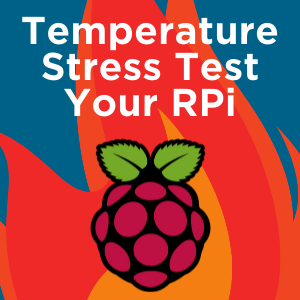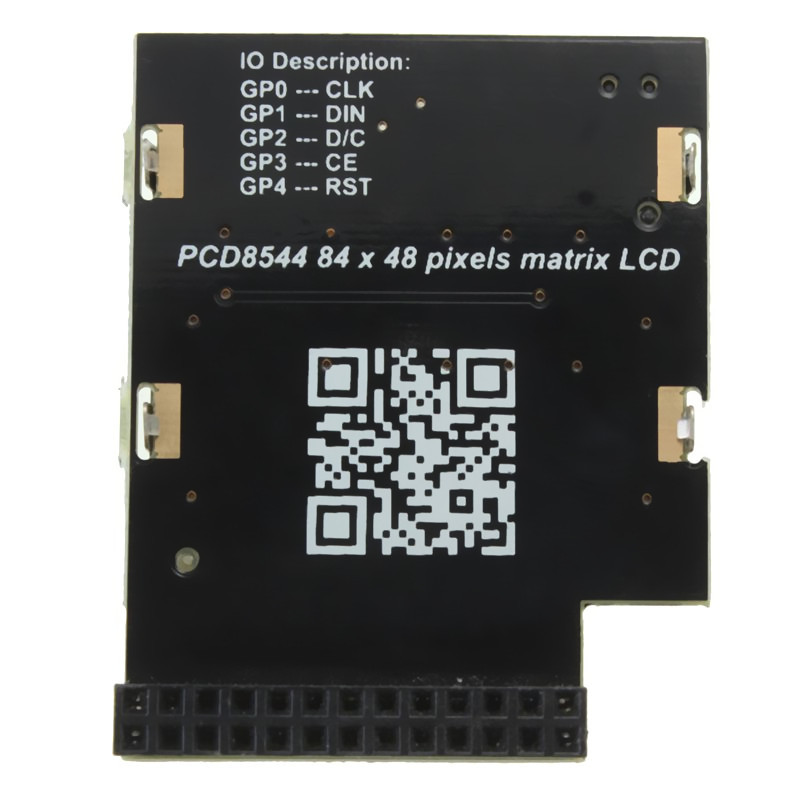

If you go this route, we've included a performance test you can use to check if it will work or not in the Testing the SSD's Performance section.


⚠️ Using a SATA SSD with a SATA-to-USB adapter is not recommended because of problems like this (opens new window).The Samsung T5 (opens new window) is an excellent example of one that is known to work well.The general recommendation is for a 2 TB drive. However, you might be able to get it all cheaper if you get the parts separately (and if you have the equipment, you can 3D print your own Pi case (opens new window).) You can get a lot of this stuff bundled together for convenience - for example, Canakit offers a kit (opens new window) with many components included. As a general rule, we recommend going with a fan because we're going to be overclocking the Pi significantly.This is a nice option since it's silent, but your Pi will get quite hot - especially during the initial blockchain sync process.Ĭredit to Discord user Ken for pointing us in this direction! A fanless case that acts as one giant heatsink, like this one (opens new window).You could also get a case with integrated fans like this one (opens new window) so you don't have to buy the fans separately. A case with a fan mount to tie it all together.Same as the above, the goal is to keep things cool while running your Rocket Pool node. There are two ways to go here: with a fan, and fanless.

Here is a good example of a nice set (opens new window). You ideally want a set of 3: one for the CPU, one for the RAM, and one for the USB controller. Heatsinks will help so it doesn't throttle itself. You're going to be running the Pi under heavy load 24/7, and it's going to get hot.
Pi cpu stress test Pc#
If your PC already has an SD port, then you don't need to pick up a new one.
Pi cpu stress test install#
This is needed so you can install the Operating System onto the card before loading it into the Pi. but it should be at least a Class 10 (U1). It doesn't have to be big, 16 GB is plenty and they're pretty cheap now. You want one that provides at least 3 amps. Note: while you can use a 4 GB with this setup, we strongly recommend you go with an 8 GB for peace of mind.A Raspberry Pi 4 Model B, the 8 GB model.These are the recommended components that you'll need to buy in order to run Rocket Pool on a Pi: If you're starting from scratch, then read on. Just make sure you have a fan attached before you go. If you already have one up and running - great! You can skip down to the Mounting the SSD section. To run a Rocket Pool node on a Raspberry Pi, you'll need to first have a working Raspberry Pi.
Pi cpu stress test full#
This setup will run a full Execution node and a full Consensus node on the Pi, making your system contribute to the health of the Ethereum network while simultaneously acting as a Rocket Pool node operator. To that end, we've worked hard to tweak and optimize a whole host of settings and have determined a configuration that seems to work well. While this is not typically recommended in most staking guides, we recognize that it is attractive because it is a much more affordable option than standing up an entire PC. This guide will walk you through how run a Rocket Pool node using a Raspberry Pi. Testing Rocket Pool with the Prater Test Network Fee Distributors and the Smoothing Pool.Importing an Existing Wallet for your Node.Starting Rocket Pool and Setting Up a Node Wallet.Your First Overclock - 1800 MHz (Light).Configuring Swappiness and Cache Pressure.Formatting the SSD and Creating a New Partition.Connecting the SSD to the USB 3.0 Ports.Node Requirements and Choosing a Platform.


 0 kommentar(er)
0 kommentar(er)
